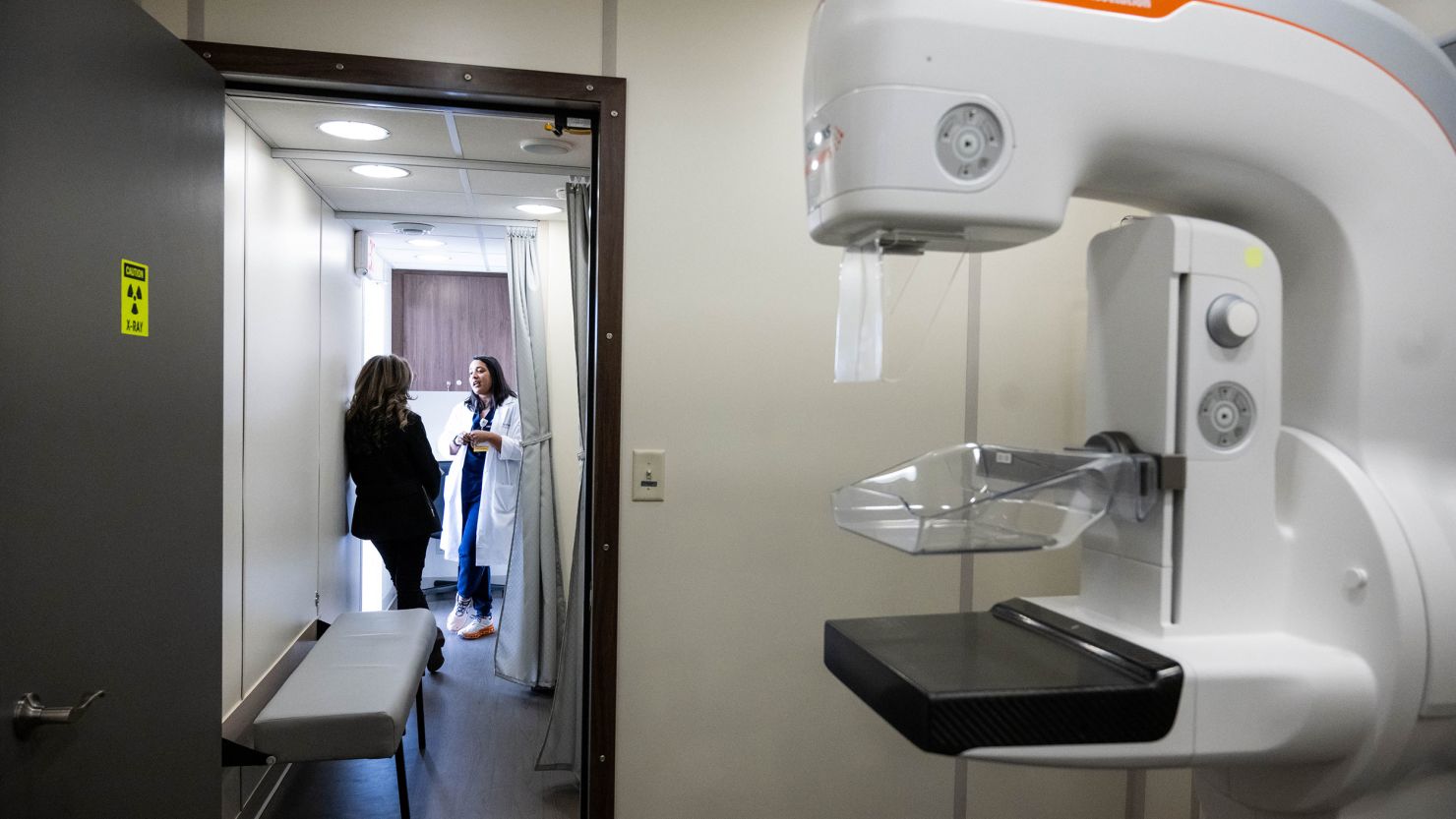New USPSTF Recommendations for Breast Cancer Screening
The US Preventive Services Task Force (USPSTF) has issued new guidelines advising women to undergo a mammogram every other year starting at age 40 and continuing until age 74. These recommendations, published in JAMA, replace the previous guidance which suggested biennial mammograms starting at age 50, with screening decisions for women in their 40s left to individual discretion.
Who’s Included?
The updated recommendations apply to all individuals assigned female at birth, encompassing cisgender women, transgender men, and nonbinary individuals at average risk of breast cancer, as well as those with a family history of the disease or dense breast tissue. However, exceptions are noted for individuals with a personal history of breast cancer, certain genetic markers like BRCA1 or BRCA2, or those with a history of high-risk breast lesions or radiation therapy to the chest.
The Rationale Behind the Recommendations
Dr. Wanda Nicholson, Chair of the USPSTF, emphasizes that the updated guidelines are based on the latest scientific evidence indicating that starting mammograms at age 40 and repeating them every other year until age 74 can significantly reduce breast cancer mortality.
Why Not Annual Screening?
Critics, including Dr. Wendie Berg of the University of Pittsburgh School of Medicine, argue that annual screening may offer greater benefits, particularly for premenopausal women and those from racial and ethnic minority groups. Berg suggests that while biennial screening is efficient, annual screening could lead to greater reductions in late-stage disease and breast cancer-related deaths.
Concerns and Considerations
Molly Guthrie, representing Susan G. Komen, raises concerns about the blanket recommendations for both average-risk individuals and those with specific risk factors such as family history or dense breasts. She emphasizes the importance of individualized discussions between patients and their healthcare providers to determine the most suitable screening approach.
Access and Utilization Concerns
Guthrie also worries that the shift away from annual screening may reduce access and utilization of screening services, potentially leading to increased late-stage diagnoses and higher treatment costs.
Evidence Supporting the Recommendations
Dr. Nicholson clarifies that while there’s no direct evidence from randomized trials comparing annual to biennial screening, the USPSTF’s systematic review found no increase in later-stage diagnoses with biennial screening. Furthermore, modeling studies indicate a more favorable balance of benefits and harms with biennial screening compared to annual screening, with the latter associated with a higher rate of false-positive results.
Conclusion
While the updated recommendations aim to streamline breast cancer screening practices, ongoing dialogue between patients and healthcare providers remains crucial for personalized risk assessment and screening decisions.















































